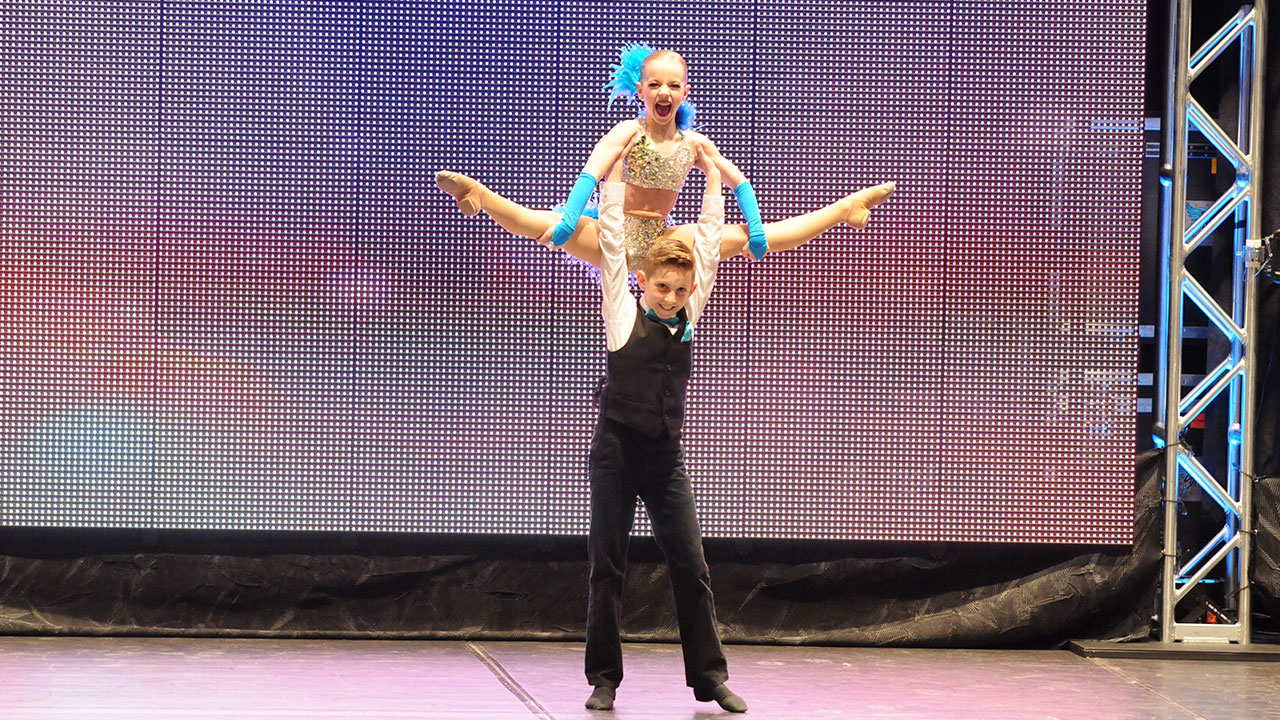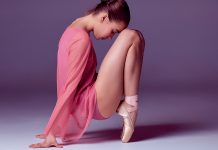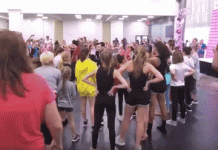 Teachers, you’ve probably gone over smiling on stage and bringing emotion into performances more times than you can count. A lot of dance is about the feet and the legs and the hands, but facial expressions tie all of these things together because the audience connects with the face. That’s why teaching it and practicing it with your students is so important.
Teachers, you’ve probably gone over smiling on stage and bringing emotion into performances more times than you can count. A lot of dance is about the feet and the legs and the hands, but facial expressions tie all of these things together because the audience connects with the face. That’s why teaching it and practicing it with your students is so important.
Eyes
One of the most important features in everyday conversation is the eyes. We connect with people, read their moods, and even judge their honesty based on how they express themselves with their eyes. This is also true in dance.
Because of this, direct your students to keep their eyes up. Eyes that are big and open are more expressive to everyone watching than eyes that are glued to the floor. An easy way to do guide this is to have them look above the place where their gaze normally rests. This will make their eyes appear big and bright and keep them from looking at the floor which dampens emotional expression.
Smiles
A dancer’s smile if one of their greatest assets. They smile during recitals, competitions, and more. That makes developing an authentic on-stage smile important. The key to a smile that people will connect with is the eyes. When you talk to someone, whether or not their smile “reaches their eyes” is how you gauge whether or not the gesture is meaningful. It is the same in dance.
Even though “smiling with your eyes” is hard to explain as muscle movements like the rest of dance, you can encourage your dancers to smile like they would at their best friend or how they would in a certain situation. The way you develop an authentic smile is also how you develop authentic negative expressions like sadness. It’s all in the eyes, even when you’re focusing on the mouth!
Relax
Teaching students how to perform emotions on stage requires a lot of practice, but you have to also make sure it is fun. If creating emotions becomes stressful, the strain will show through. Teach them that they are a character (even it is themselves) in every performance. They should take on this character and project what their character would feel. This helps them work toward creating organic, emotions that tie together with the movements and sit well on the face.













